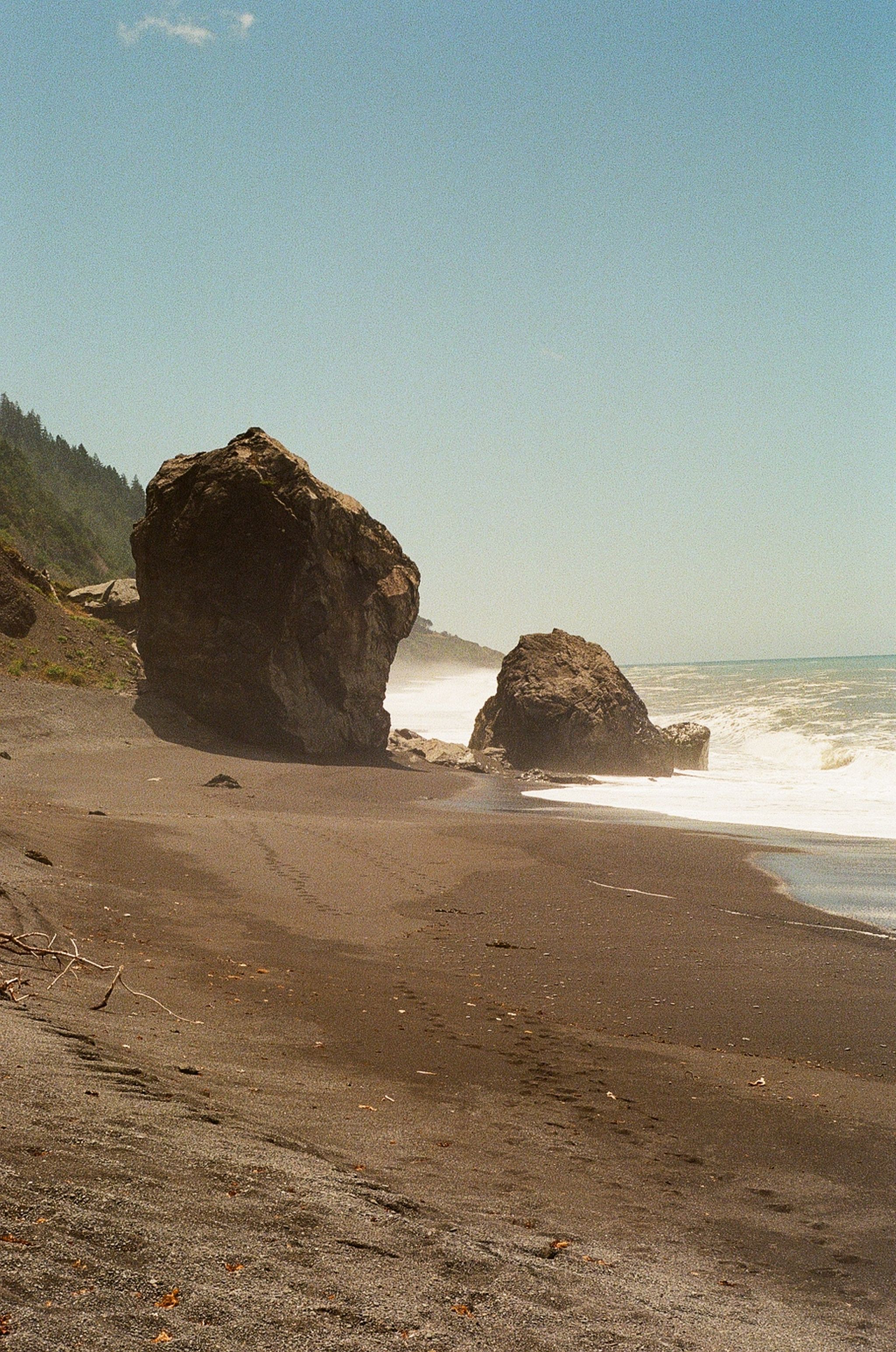- Featured Writer
- 01/27/2021 @ 1:48 PM
My name is Fletcher and I’m a “New York writer”. That is...if your definition is flexible and forgiving enough to permit someone who writes cadenced, rambling diatribes and happens to live within the confines of New York City the self-assignment of such an old bromide as the struggling writer who magically “makes it”. The archetype in question usually lives in some eclectic 2000 sq ft loft in Tribeca despite working one day a week at a toll booth.
Somehow in the succeeding scenes it’s always foggy, at night, with pouring, globular raindrops assaulting said writer while taxis splash nearby puddles into his face, despite him having not ridden in a taxi in Manhattan in three years nor known someone to do so. A cybernoir fantasy land where one’s impeccable diction and lofty prose answers all of life’s shortcomings.
On to me:
Every week, I take what I call a “pilgrimage”, whether to a bona fide holy place or the Pakistani bodega on Centre St and Broome to discuss how the Lahore Qalanders are likely to fair this season (“It’s 9:36pm. 36 degrees outside. A lethargic and jaundiced tween model wearing glorified Sketchers adorns the backlit Balenciaga billboard across the intersection, reminding New York’s elite that puffy, Battlestar-Galactica inspired footwear is indeed what’s cool right now. Fletcher nods his head in agreement at the counter as T-20 cricket terminology abounds, offering clerk Ibrahim the reverence afforded a sagacious Iman pondering Quranic tales of old”). I shoot film, intentionally leaving my other devices at home so that I can embody the free-spirited technology-independent farce that I sell so aggressively despite only half-living out my assumed ethos. I follow a simple formula for my content, one into which I happened to fumble and that could be be described as the urban, anti-Christ post-emo version of Thoreau’s intentional, methodic saunters described in his piece “Walking”, published in The Atlantic in 1862.
The formula is as follows:
1: At home, consider an idea. Whether it be Transcendentalism, The Iliad, particle physics, or the distribution of Western Tanagers, I do my best to engage with primary sources from as wide a net as I can cast
2: Walk around wherever I may be and with film camera in hand, whether Bedford-Stuyvesant or rural India, considering the idea on the docket and how it influences the way I see and experience the physical environment in front of me
3: Return home, collect my thoughts, develop film, spew into word processor. Publish.
I’ve been doing this on my site, www.fletch.nyc , for some time now. I follow a specific curriculum of texts and arts with which I hope to engage, detailed in this post here and recorded in the “Curriculum” tab found atop the home page. I’m excited to bring my cadenced and pompous regurgitation of shit I don’t actually understand over to ALLSHIPS, hoping that you too find joy in considering how comics books, Homeric literature and US Forest Service internal memos can help us to better consider the impermanence of life and the fun to be had in such pontification. Oh and pictures, many pictures.
So if you enjoy this, kindly subscribe to my always (in the spirit of ALLSHIPS) ad-free newsletter on my site to follow along. Now, onto my piece.
THE LOST COAST


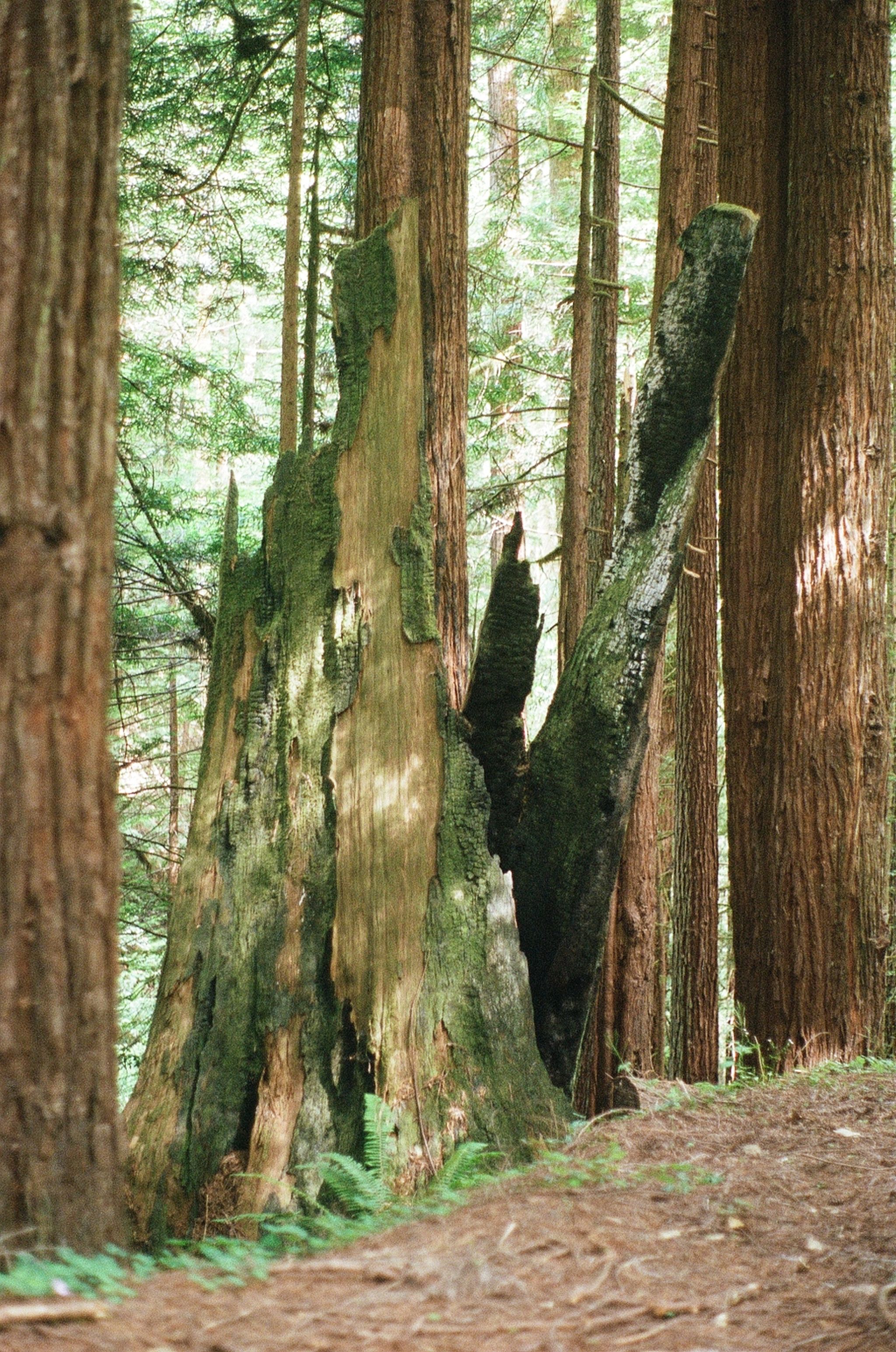
In a year of confusion, peril and chaos,
I have fallen in love with Death.
A van trip with my girlfriend in the midst of the pandemic earlier this year provided me with ample opportunity to engage with mortality through the world not of us, but of plants. Below are selections from works that have informed my newfound attraction to life’s finitude; this sampling of shit is ostentatiously long, coagulated on the same tepid wad of douches and sanitary wipes with which Herman Melville and David Foster Wallace likely cleaned out their gaping, garrulous wounds.
Do read them though.
Cool thanks.


Roman poet and philosopher, Lucretius (99 BC - 55 BC), from his De rerum natura, or “On The Nature of Things”:
And since the birth-time of the world and first day of being to sea and earth and the formation of the sun many bodies have been added from without, many seeds added all round, which the great universe in tossing to and fro has contributed; that from them the sea and lands might increase and from them heaven’s mansion might enlarge its expanse and raise its high vaults far above earth, and that air might rise up around. For all bodies from all quarters are assigned by blows each to its appropriate thing and all withdraw to their proper classes; moisture passes to moisture, from an earthy body earth increases and fires forge fires and ether ether, until nature parent of things with finishing hand has brought all things on to their utmost limit of growth. And this comes to pass when that which is infused into the life-arteries is no more than that which ebbs from them and withdraws: at this point the life-growth in all things must stop, at this point nature by her powers checks further increase. For whatever things you see grow in size with joyous increase and mount by successive steps to mature age, take to themselves more bodies than they discharge from themselves, while food is readily infused into all the arteries and the things are not so widely spread out as to throw off many particles and occasion more waste than their age can take in as nourishment. For no doubt it must be conceded that many bodies ebb away and withdraw from things; but still more must join them, until they have touched the utmost point of growth. Then piece by piece age breaks their powers and matured strength and wastes away on the side of decay. For the larger a thing is and the wider, as soon as its growth is stopped, at once it sheds abroad and discharges from it more bodies in all directions round; and its food is not readily transmitted into all its arteries and is not enough, in proportion to the copious exhalations which the thing throws off, to enable a like amount to rise up and be supplied...With good reason therefore all things perish, when they have been rarefied by the ebb of particles and succumb to blows without, since food sooner or later fails advanced age, and bodies never cease to destroy a thing by thumping it from without and to overpower it by aggressive blows.
In this way then the walls too of the great world around shall be stormed and fall to decay and crumbling ruin.
Pioneering conservationist, professor, and Wisconsin farmer, Aldo Leopold (1887 - 1948), from his essay A Biotic View of Land:
“Food chains are the living channels which conduct energy upward; death and decay return it to the soil. The circuit is not closed; some energy is dissipated in decay, some is added by absorption, some is stored in soils, peats and forests; but it is a sustained circuit, like a slowly augmented revolving fund of life”
From Mark Twain:
“I do not fear death. I had been dead for billions and billions of years before I was born, and had not suffered the slightest inconvenience from it."
From a random scanned-in book I found deep in the composting bowels of the US Forest Service’s website whose title I could not locate:
This chapter explains how living and dead trees are linked together in the living machinery of a forest. Pacific Northwest forests contain an array of fallen trees in various stages of decay, both in young and old-growth stands, in natural, managed, and recently clearcut stands. Most trees of Douglas-fir region forests are conifers, of which there are six major lowland species north of the Siskiyou Mountains (table 2.1). In total, these temperate forests contain 25 conifer species, many of which are the largest and longest lived of their genera (Waring and Franklin 1979). Large, fallen trees are unique, critical components of forest systems (Franklin and Hemstrom 1981, Franklin and others 1981, Maser and others 1979).
And lastly, from this page of DC Comics’ Swamp Thing:
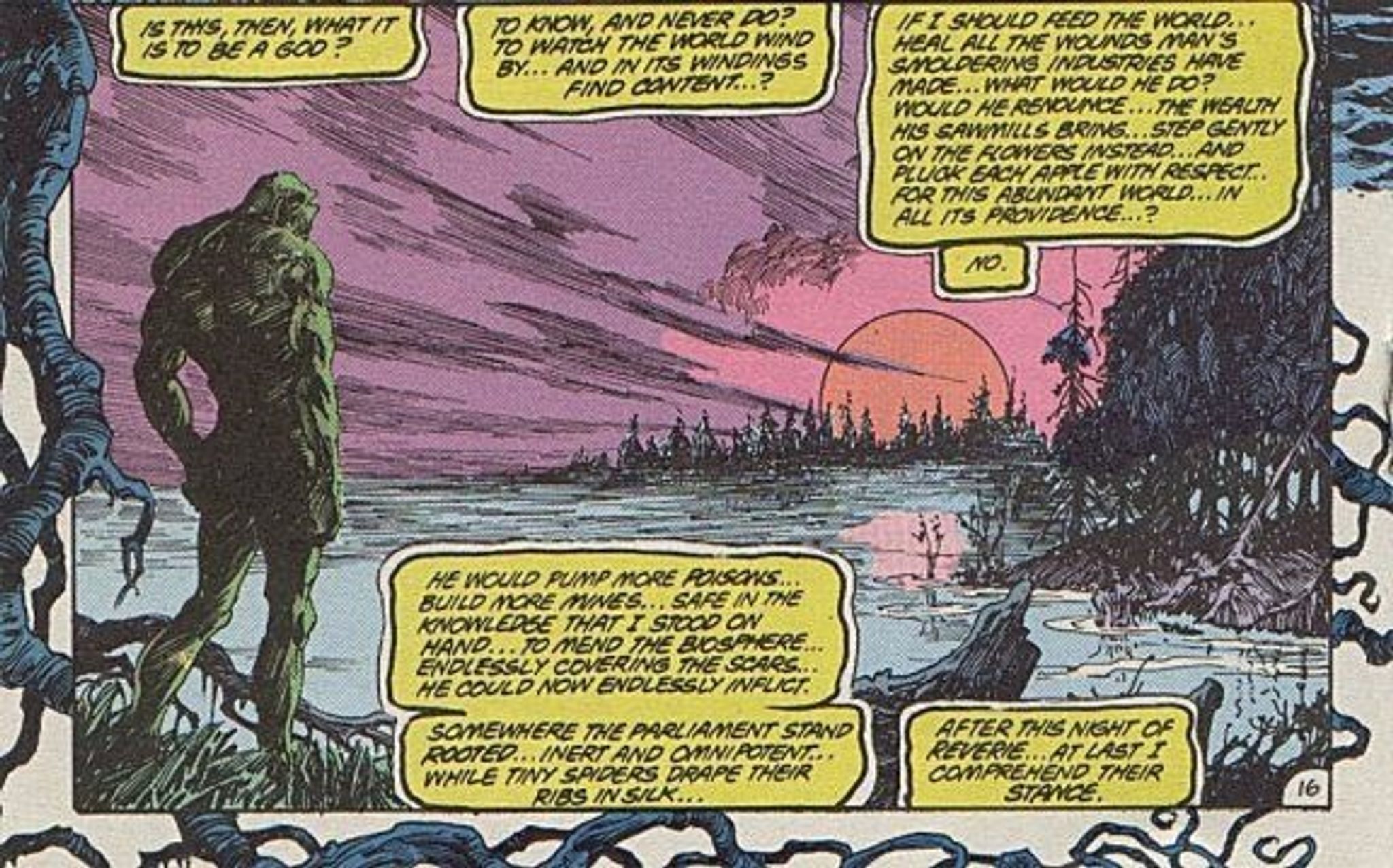
2020 was not quite the ride we’d been hoping for. Or was it?
On a drive this summer through prehistoric ecosystems shadowed by the world’s largest trees, I was reminded of the fact that everything dies. Sadly, our time scales are quite self-centered, so much so that we have a word for it: anthropocentric. Richard Powers nailed the calling-out of this so well that he won the 2019 Pulitzer Prize for his novel The Overstory, a series of interwoven narratives in which humans are the ignorant bystanders to the central heroes, the trees.
Forgive my morbidity, seeming fatalism and outright offense here, but the tragedy of ignorance among those in power, the subsequent death of hundreds of thousands via COVID-19 and the ensuing chaos is all but a blip on the radars of Life and Time. The devastation is, well, devastating and I mean not to minimize the pain felt by us all. That it was preventable is the true tragedy and one I’ve sat with on the daily like the rest of us throughout this fateful year.
But I will say, I’ve indulged in what some would call absurdist views, only to come out the other side in love with Death. That life and death are not two ends of a line segment but rather peaks and troughs in the undulations of Nature makes my infinitesimal participation in the grand mystery all the more enthralling. Absurdism may hold if you look at the world as a human being and only that, but a deep forest will show that Death is but a puzzle piece. Lucretius points out above that out of a monolithic organism’s death emerges countless more iterations of Life. And even if Swamp Thing is right about our destiny, we can be sure that Life on the whole will prevail with or, more likely, without us in the long run. Playing the long game is a skill that rocks and plants have mastered far better than we have. In observing them firsthand I feel invited into their timescale and out of the vapid urgency of Twitter, TikTok and the like.
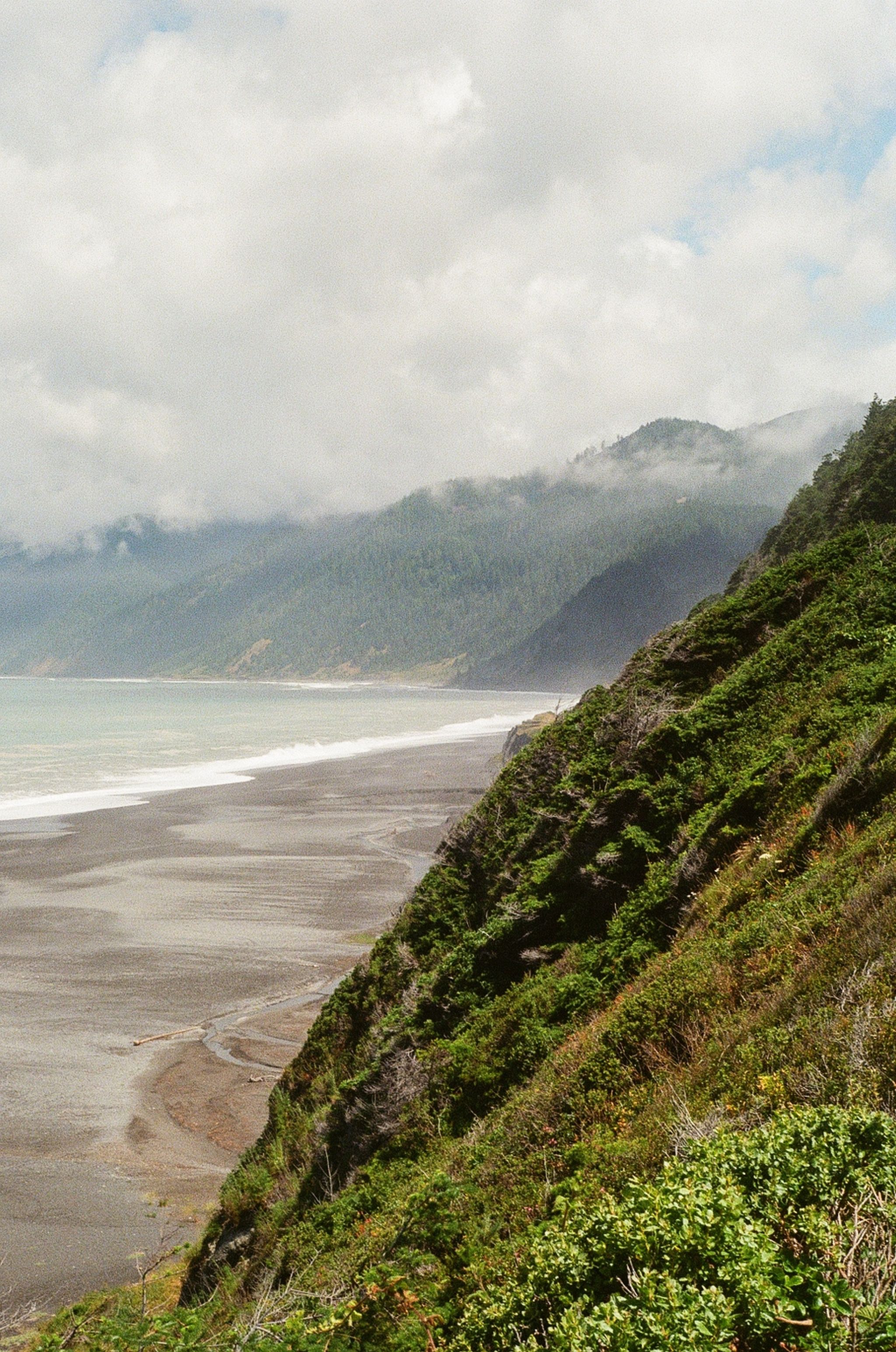

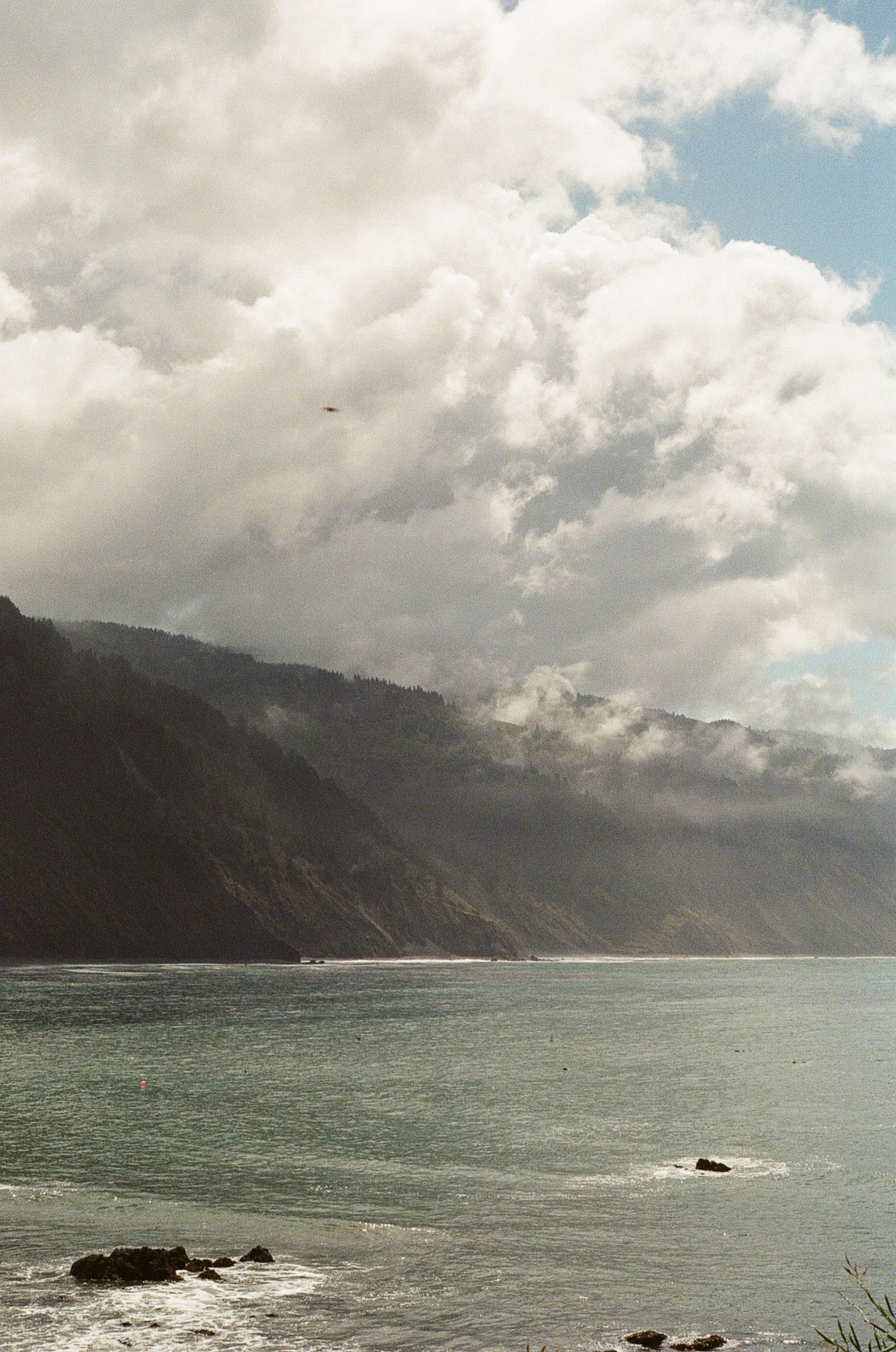
I can think of few better places to sit with this great Truth than the Lost Coast of California. Things here are very old, very big, and often very, very dead. The smell of moistened detritus defines the journey through the redwood forests of this oft-forgotten part of the state. What might be seen from our lens as a region of tranquil respite for heady patchouli-encrusted twenty eight year olds to get away from the stresses of spending dad’s hedge fund money as fast as possible is far less tranquil when we zoom out. Indeed, the maxim rings true:
“We can’t see the forest for the trees.” < [yes I really did just link to a StackExchange thread]



Hidden by our species’ average lifespan’s brevity is a dynamism at play, a world in which the largest living things on Earth are struck by giant fucking plasmic beams of electrostatic discharge, explode in flames as thunder rips through hail-pelted skies, then collapse into the understories beneath killing much of what lies there in a figurative and literal landslide of flame, inertia and uprooting that renders a Black Sabbath concert tame in comparison. A single sequoia sempervirens can be 379 feet tall and 30 feet across...imagine one of these coming down like a 25 story building exploding through your local park on a Sunday afternoon. It then lays there to die, along with all it took out with it, for days, weeks, years, decades. As it decays, a wide network of creatures find sustenance in its martyrdom, from salamanders to psychoactive mushrooms to racoons and ferns.
Couple this tree-fueled locomotion with the fact that the Lost Coast is exactly that, a coast and a lost one, and you’re left with a particularly violent quadrangle of the United States Geological Survey’s catalog that’ll put you face first with La Calavera Catrina herself. The coastline here is entirely exposed to the barbarity of the world’s largest ocean. I’ve never been to this part of the planet and not seen ten, fifteen, even twenty foot waves sodomizing the sandstone bluffs.
Welcome to the underground Bushwick BDSM club of coastal geomorphology. Where the world’s largest trees slam the longest undeveloped coastline in the least populated area of the most populated state along the largest, deepest ocean. Superlatives abound, and where superlatives abound,
so too does Death.
But Death, as we observed in the preceding primary source excerpts, is not an endpoint nor a destination. It’s a phase. Not a point along a ray nor a line segment but in a circle:

And given that it’s a circle, or undulating wave as I postulated earlier, we can find solace in the reassurance that death directly yields life. Yes, in the metaphorical hallmark sense. But why not absorb this concept in its more literal iterations?
Such is the key takeaway I left with from a place that’s usually marketed to the general public as “great for mountain biking”.
Reincarnation deniers look no further than the nitrogen cycle. And when the mountain biking crowd fades, we’ll be left with ample opportunity for nitrogen-cycle-appreciation-based tourism in the land where Death churns to Life and Life to Death. The Lost Coast of California. My favorite part of my home state.
A place you’ve likely never heard of let alone seen.
A place I’ve hyped up for multiple paragraphs with sub-standard tangential asides to Matthew McConaughy and members of the Justic League reserve team without telling you where the fuck it is or why you should care.
Let us “fell” in.
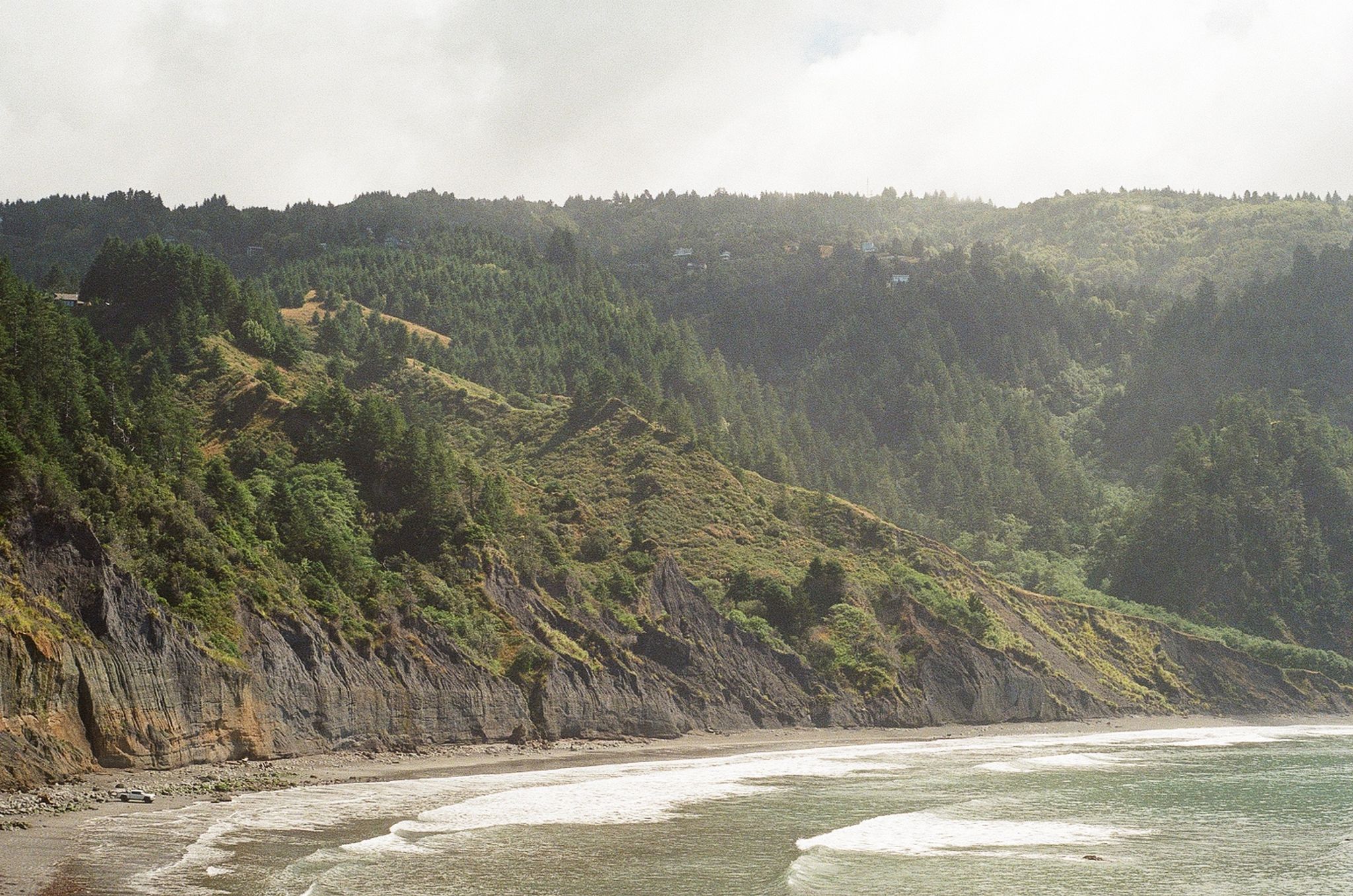
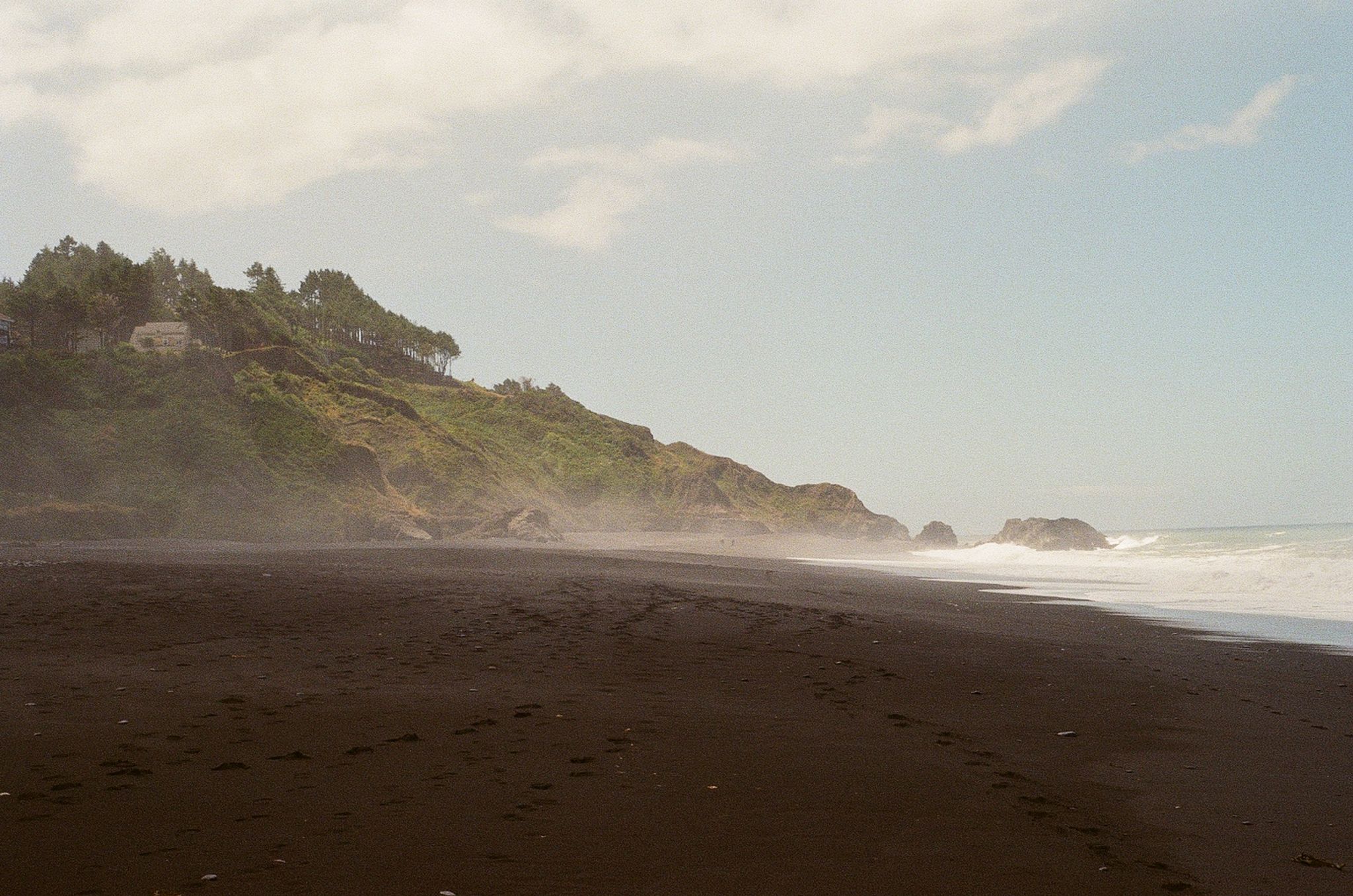
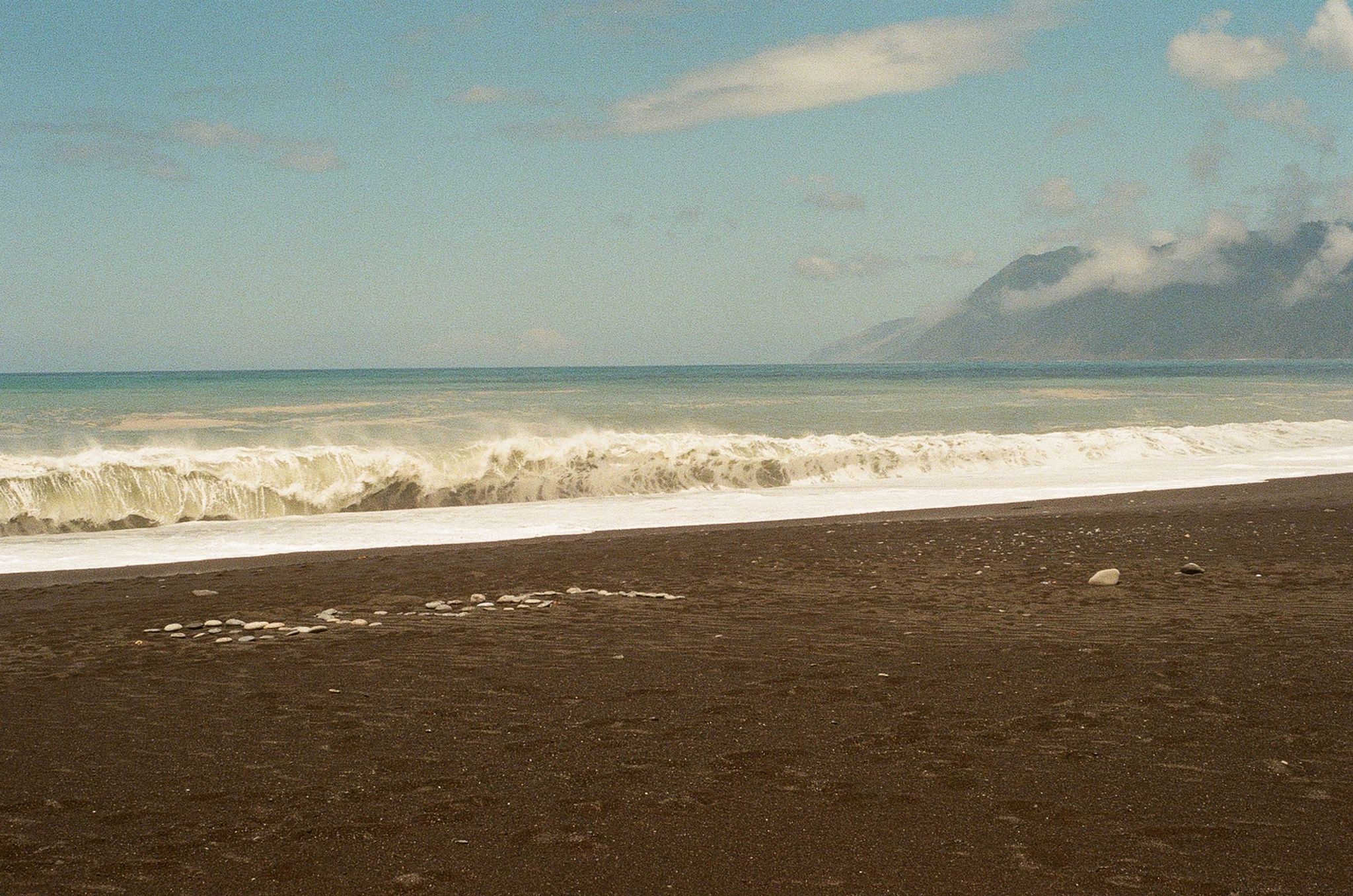

The Lost Coast is the longest stretch of coastline in the contiguous United States without roads or notable development. To experience this anywhere along this country’s seaboard is a luxury; to see it in a region with some of the world’s largest cities is all the more alarming. California, however, is a land, not a state. It’s a vast universe of contrast. There are areas that I as a Californian see as more California than others, and the Lost Coast is chief among them.
90 miles of undeveloped land is bifurcated by a single in-and-out road that’s treacherous enough to have warranted a limited silk screen run of this shirt that I felt compelled to buy in the one open store in town, as in the mobile home that had its door open and was selling fishing lures and Cheetos:
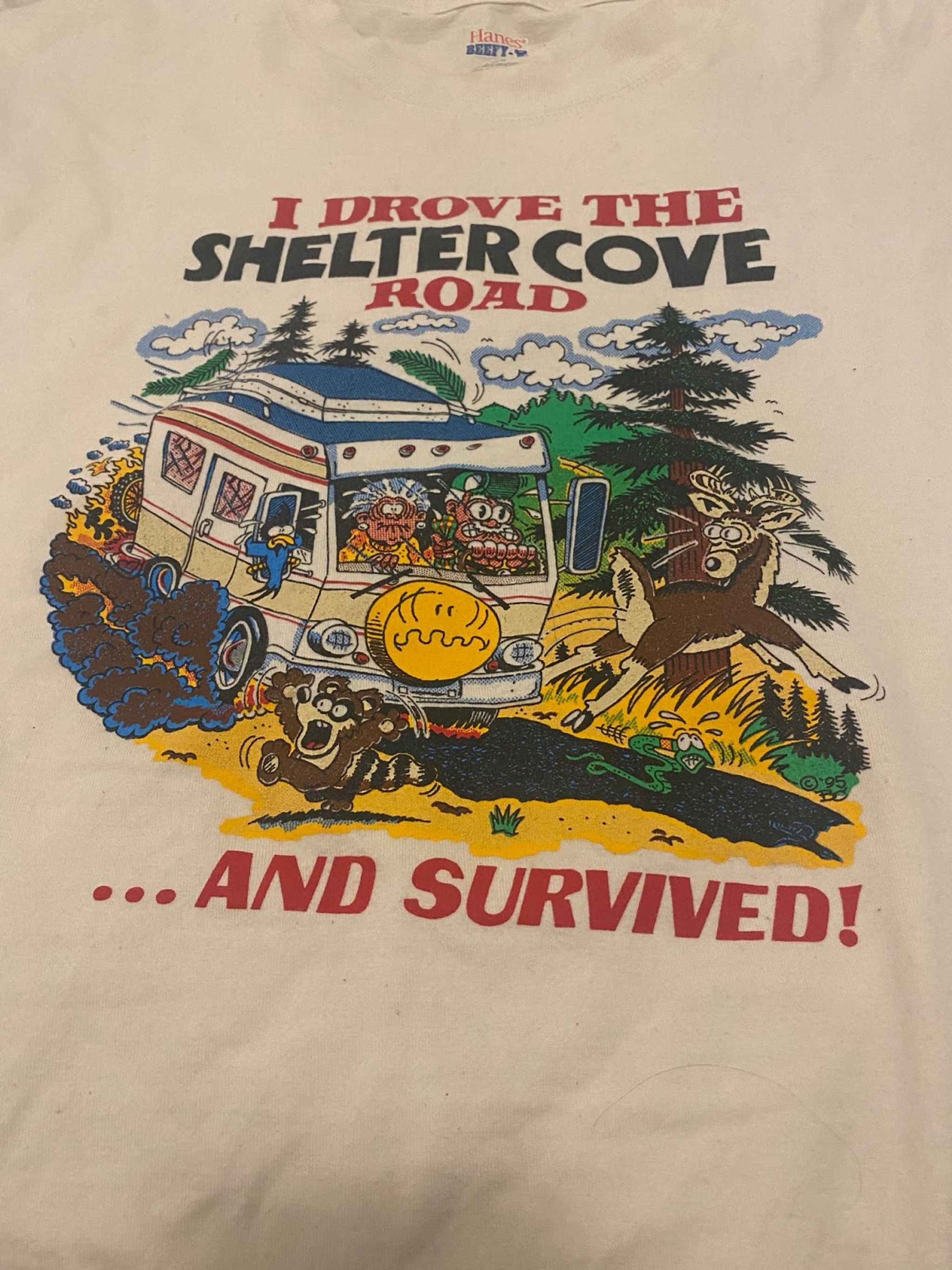
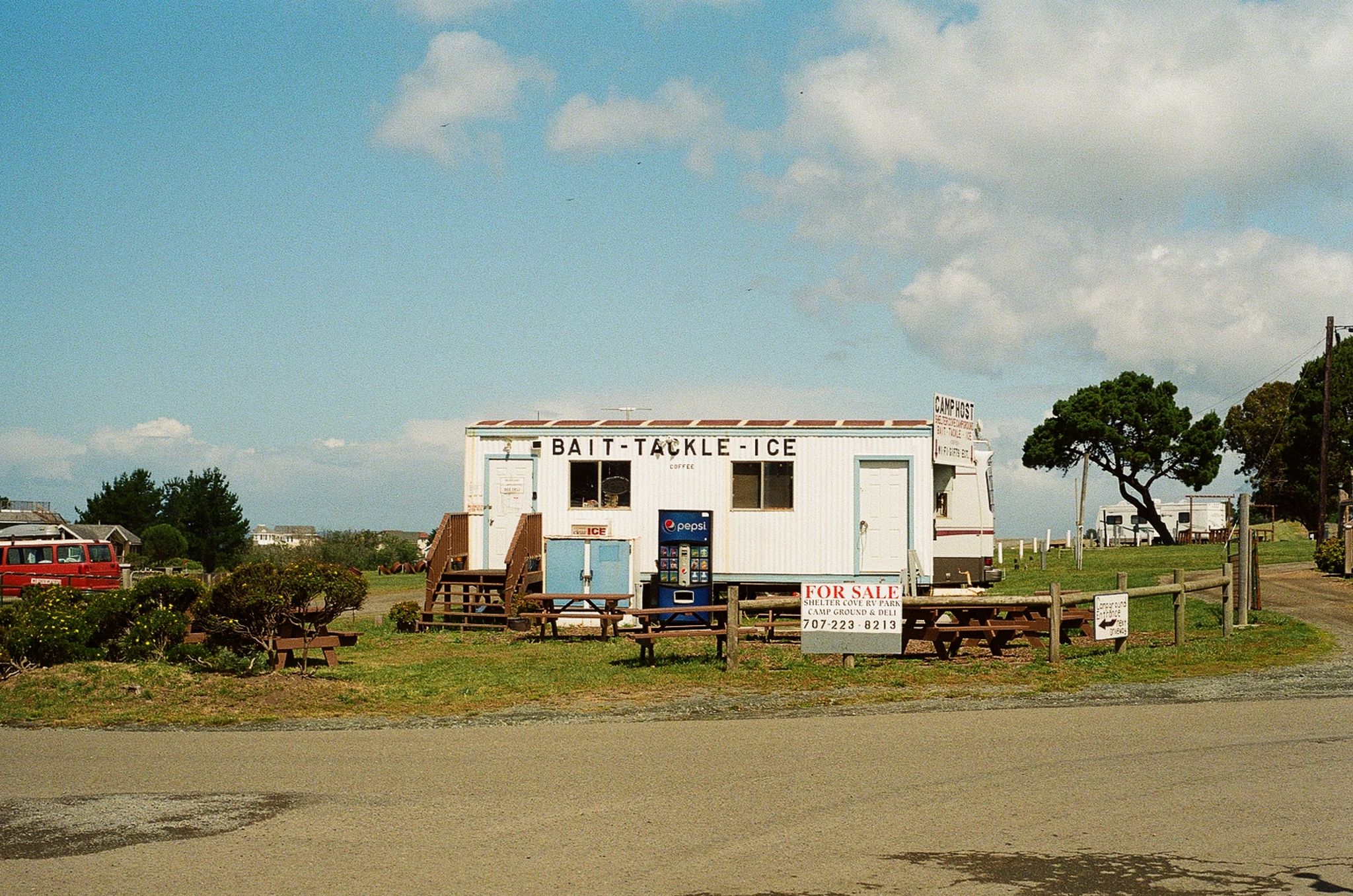
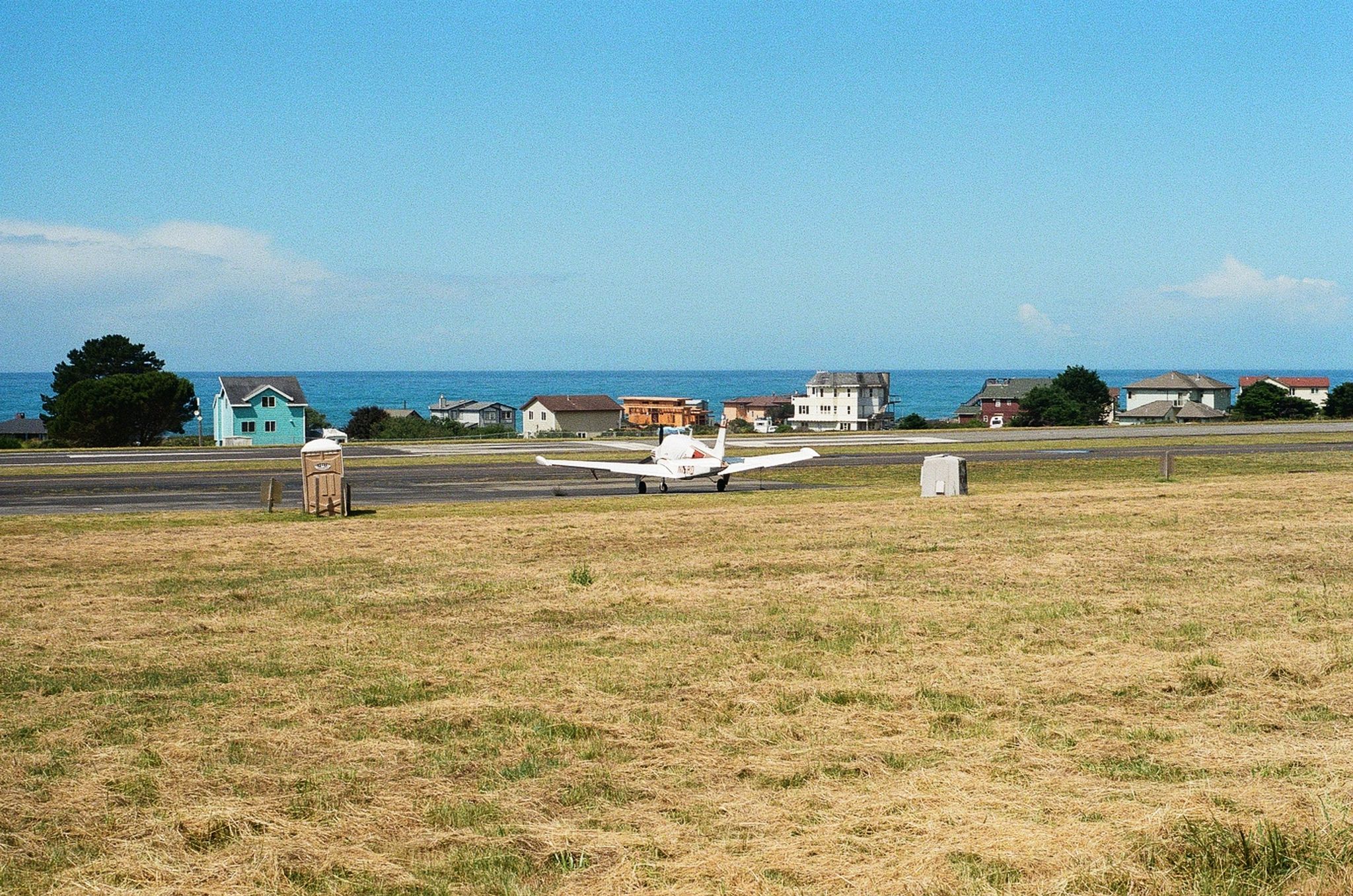
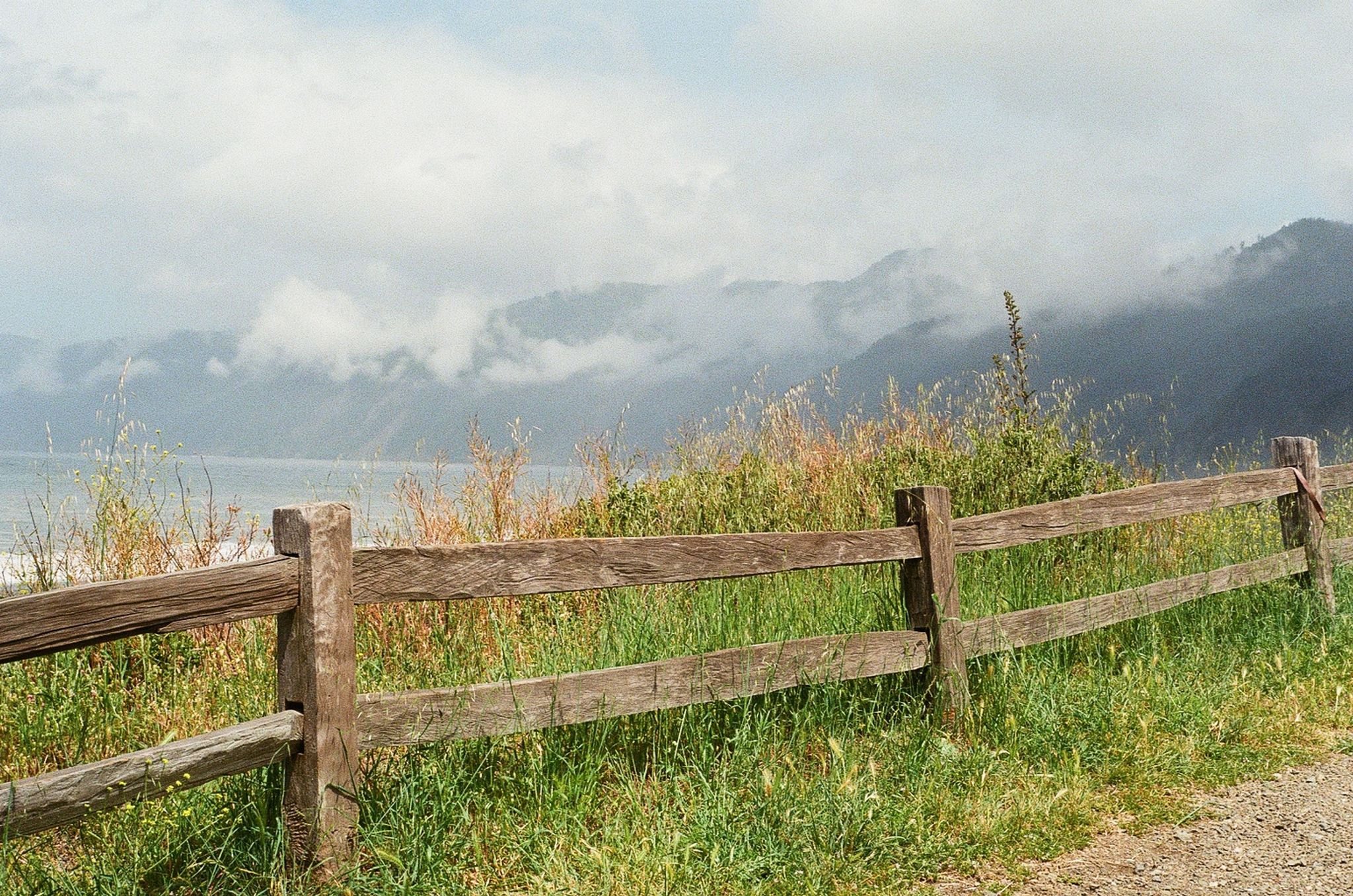
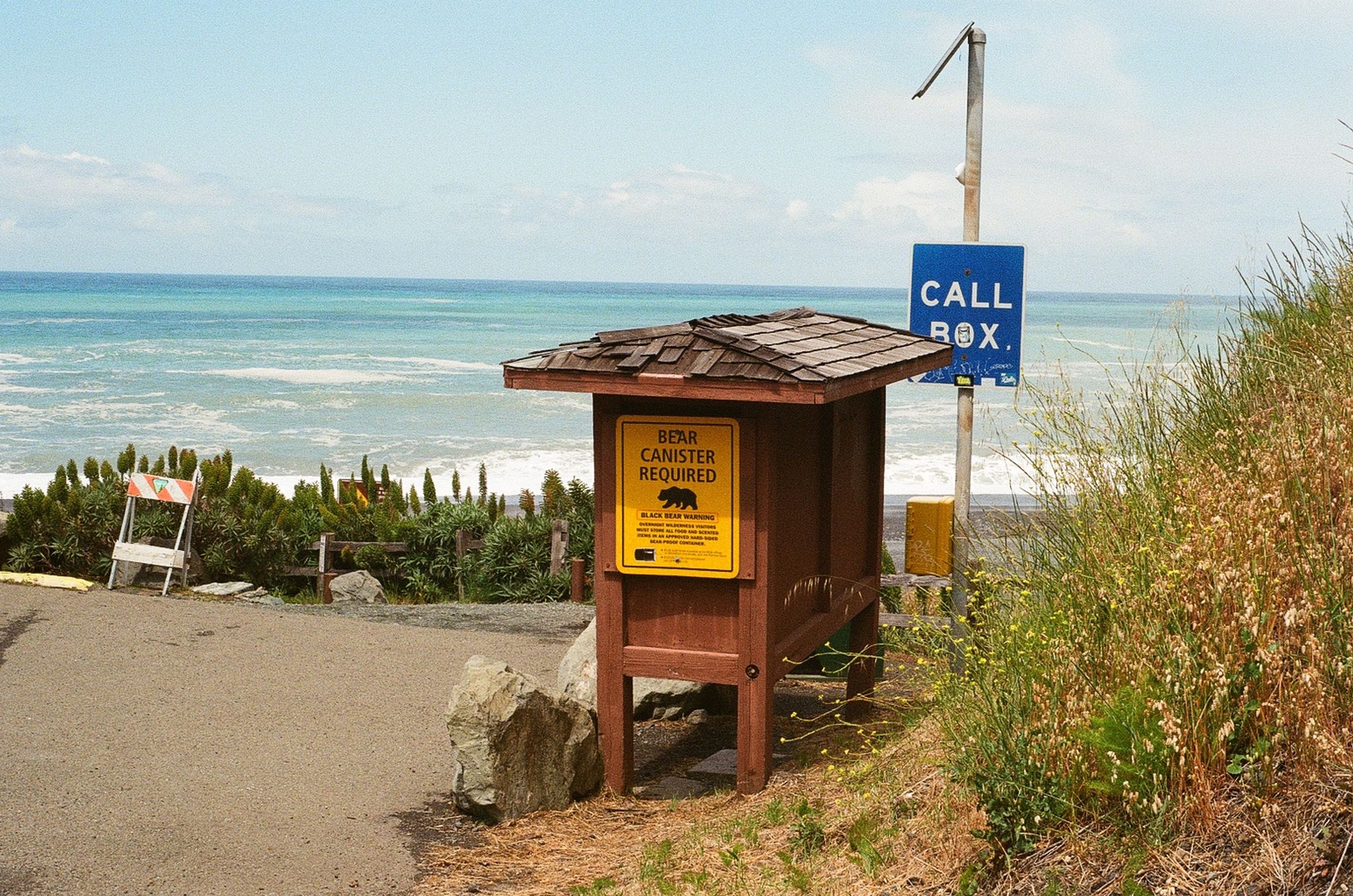
By town I’m referring to Shelter Cove, population 693. It’s so remote that many of its goods and services are flown in to its small airstrip rather than via the treacherous road just described. Speaking of the airstrip, it’s where we parked our van. It turns out that the store I bought my shirt in also doubles as the bait and tackle shop, the airport’s shop, and the visitor’s center for the “RV Park”, meaning the patch of grass directly adjacent to the flight path where folks park their RV’s and campers. The clearing provided a haunting and placid line of sight towards the wind-tortured peaks of the Lost Coast in either direction.
The Lost Coast is in simplest terms where the King Range hits the sea. As a result, you’ll find verdant, alien peaks significantly higher than anything in Big Sur towering over the water. The sand, too, appears extraterrestrial. It runs jet black in places and slate grey throughout. These black sand beaches are the results of volcanism and high levels of iron. The cliffs are dominated by temperate rainforest on par with scenes from 1992’s Fern Gully . Down at the sand level, exoskeletons of train-sized trees litter the beach like the strewn Pall Mall’s of New York’s Rockaways. Bear prints are widespread and cougars are known to make their way down to the water.
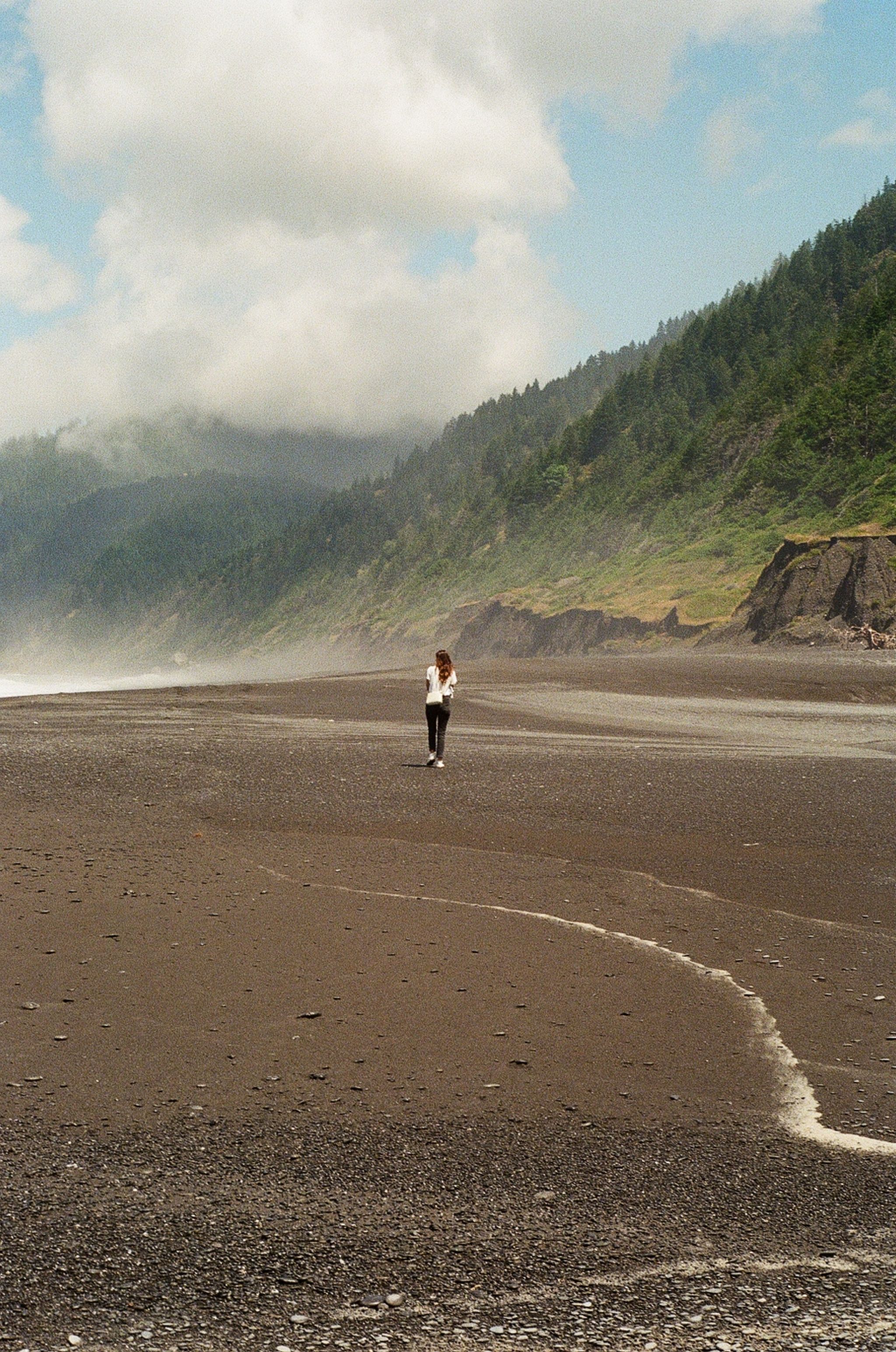
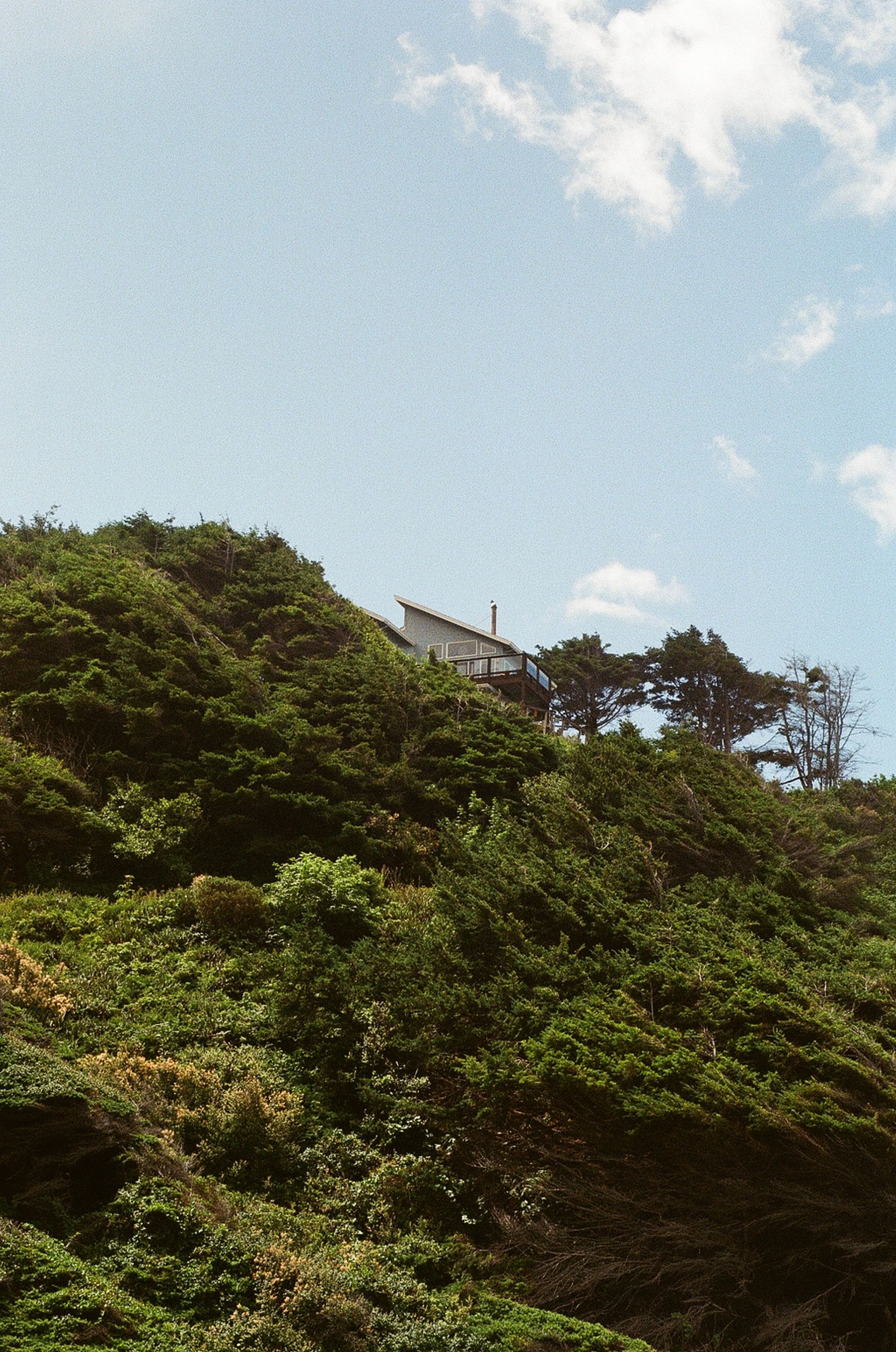
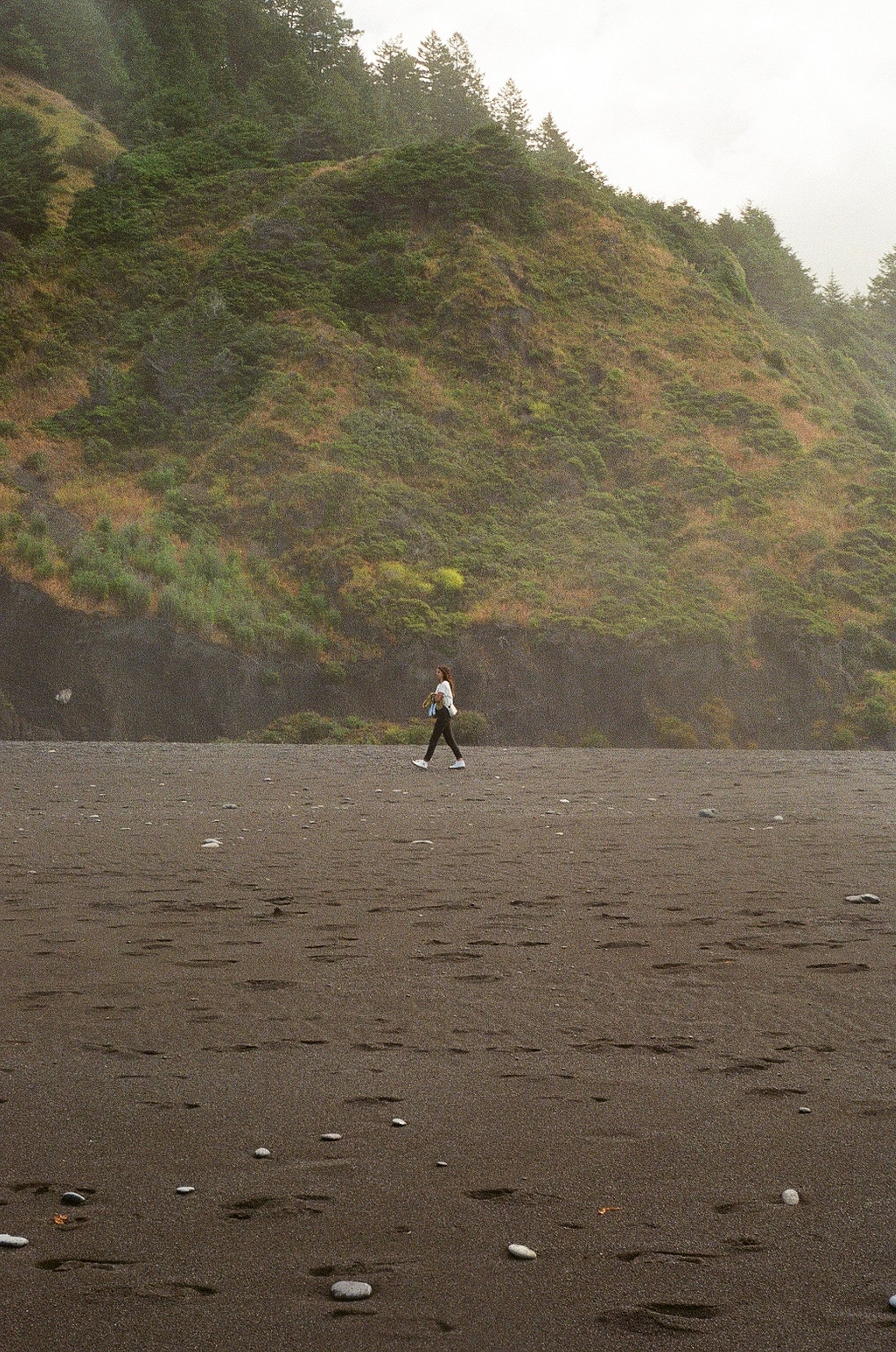
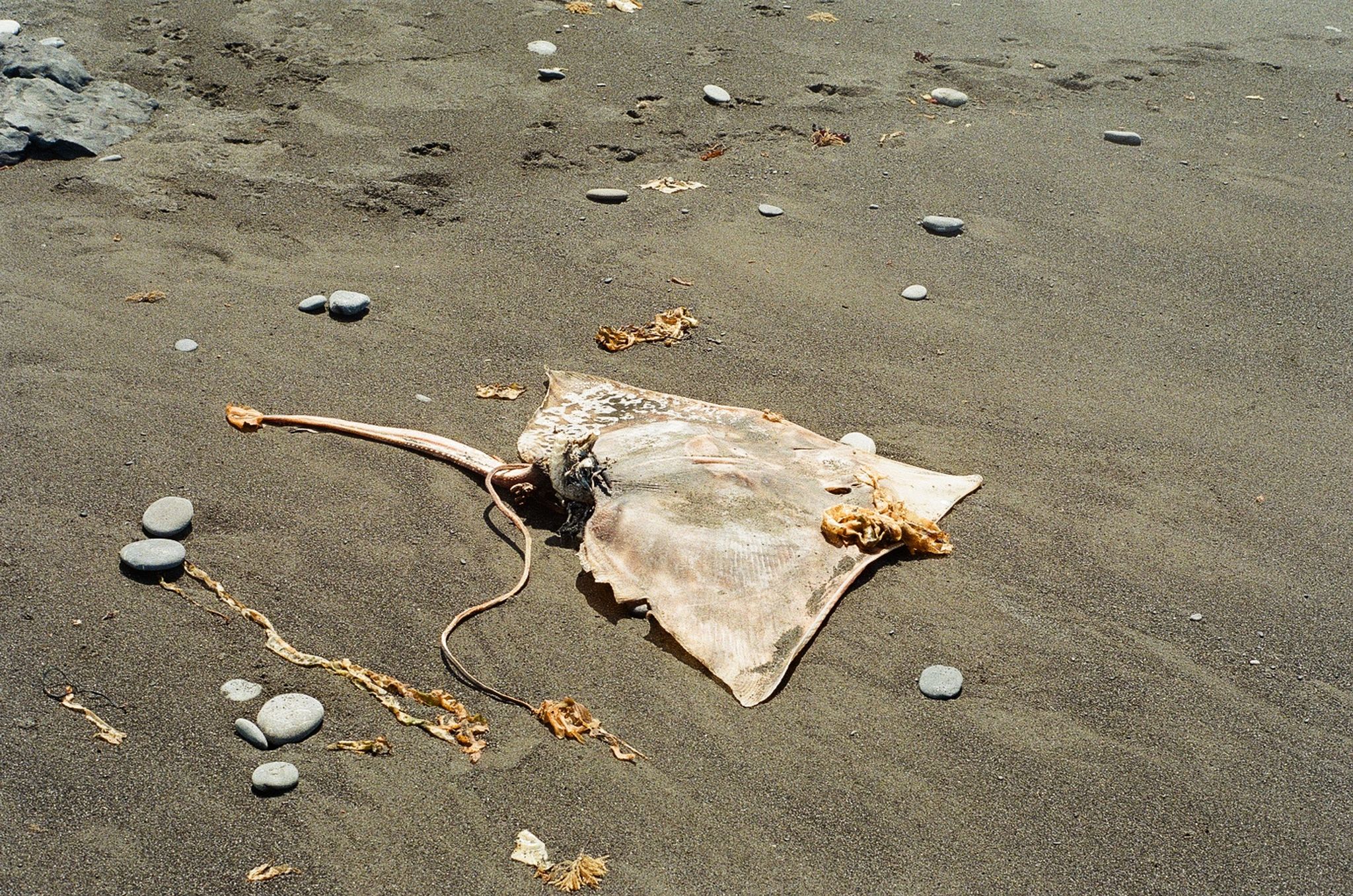
This is one of the few places left in California, and by extension America, where you’ll find miles of empty beaches to explore without interruption.
This is exactly what we did, with me all the while wondering what this place will look like years down the road. I’d encourage you to travel there one day, when life permits it. It’s one of those last great places that’s decidedly not on the way to somewhere else, an area that requires intention to experience, and by extension encourages intention upon arrival. The release felt in strolling the vast, desolate beaches forces realizations that otherwise take time to birth. From the wild road inthat shoots through old growth forest to the moment you step out onto the endless sand, you’ll note a shift in how you tell time.
The Lost Coast is a special place.
Hopefully, I dreamed, it’ll remain for eons just as it was in front of me and regardless of humanity’s fate:
too big,
too alive,
and too dead for any one person to comprehend.
